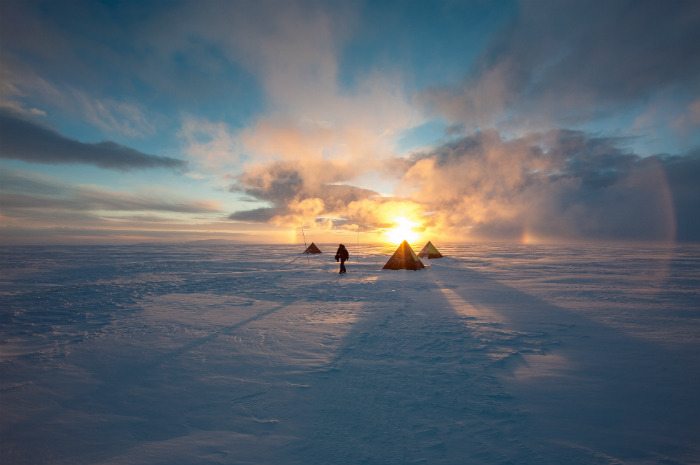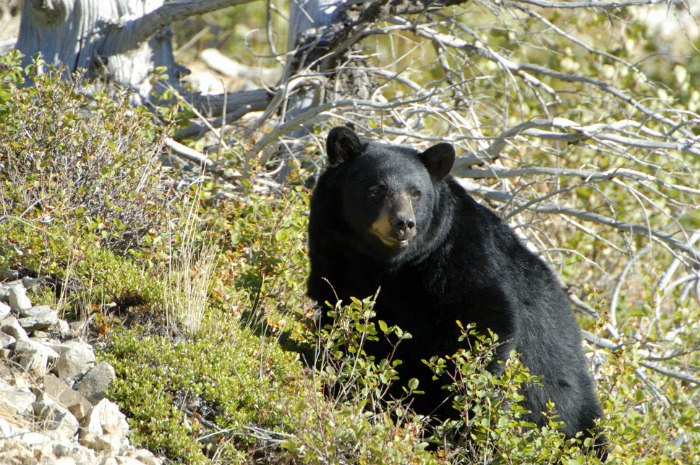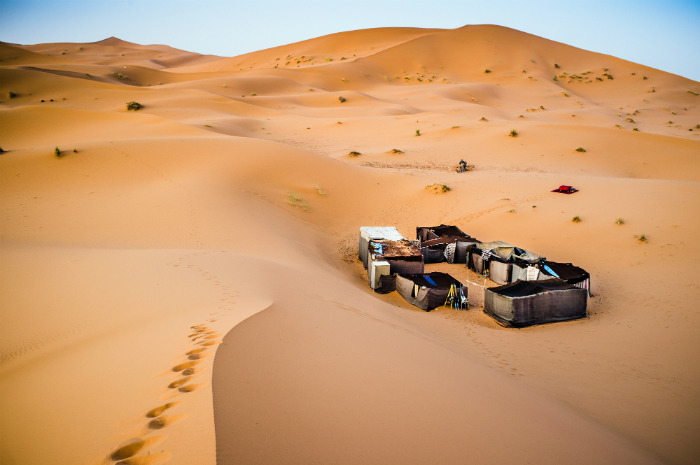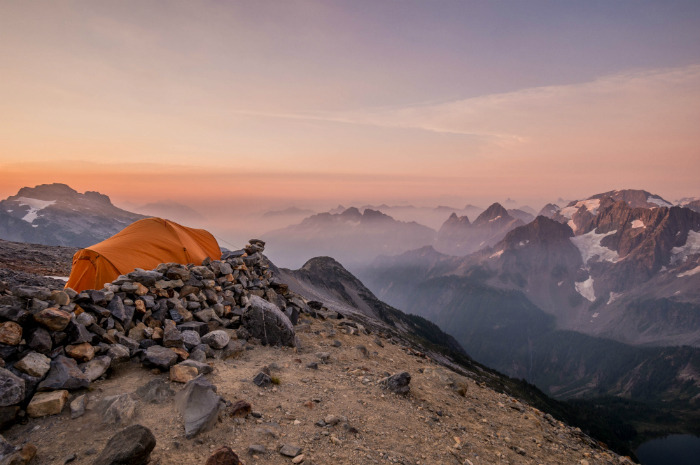The Most Dangerous Camping Destinations
Studies show that even a short walk in the park can calm the mind while changing the way the brain works to improve mental health. People who spend time in nature cope better with stress, feel happier and have more self-esteem. There are many amazing places all over the world where you can camp for a few days, but adventurous people are always looking for more daring ways to add a thrill to their trip while sleeping outdoors.
Tree camping, Bavaria, Germany
This kind of camping takes treehouses to a whole new level. The extreme campsite in Pfronten was set up by Waldseilgarten, an adventure mountain resort. You are in a hammock-like tent that is suspended from a tree. There is nothing else supporting it. If you fall, you'll be in a lot of pain. You can only get to the tent by climbing a rope.
Underwater
Underwater camping is not practical by any means but Chris Fietzer and Brian Wurster have proven it is not impossible. They set up their tent, fire pit, hammock and lounge chairs at the bottom of the sea in Guam. They used scuba diving equipment and a lot of rocks to hold down the tent and everything else. The hammock was attached to buoys.
Lake Mead National Recreation Area, Nevada and Arizona
Lake Mead, a manmade reservoir, is popular for unlimited and unrestricted watersports. But, with that comes a lot of danger. In 1998, a person died there once a week on average. Most of them perished from a lethal combination of what park rangers call "recklessness and cluelessness." The various causes of death are drownings, boating accidents, and drug overdoses. In 2003, Lake Mead National Recreation Area ranked fourth on the list of the 10 most dangerous national parks, according to a survey by a park ranger group.
The sea
You don't have to own a ship or a sailboat to go on a long trip deep in the sea or ocean. Mario Weiss and Damian Fankhauser, two college students, designed a touring boat, inspired by old Polynesian outrigger canoes, combined with camping equipment as their BA thesis project. "For camping, a screen cloth is mounted between the outriggers to serve as base for the tent and as camp bed. This ensures a comfortable sleep even on rough ground that would usually be unsuitable for camping."
Antarctica
Antarctica is the coldest, driest, highest and windiest continent in the world. Camping anywhere there presents a lot of dangers. Campers set up enough below the ground to provide shelter from the wind overnight and usually sleep in sleeping bags and bivy sacs, which provide more warmth than tents, zipped up above their heads, according to Planet D adventurers. No one is allowed to bring food or drinks on land, and they can't go to the toilet while camping either.
Monte Piana, Italian Alps
Do you want to literally hang out in the mountains? Every year extreme athletes and skilled high wire walkers head to Monte Piana, located in the Italian Alps, to do just that because of its accessible location. They spend about a week there capturing the stunning views.
Huckleberry Mountain, Glacier National Park
Beware of bears; they may be everywhere. Experts estimate that there is a bear within a mile radius of every campsite. Sometimes in the spring, several hiking trails are closed for days due to the potential danger of encountering bears hunting for food. Avoid standing around food sources like carcasses and berry bushes.
Mount Everest Base Camp, Nepal
High-altitude camping is not for everyone. The Mount Everest Camp is at about 17,600 feet. For comparison, the Mount Everest base camp medical clinic defines high altitude as elevations between 5,000 and 11,500 feet. Altitude sickness is a real concern. Side effects include hyperventilation, shortness of breath and changed breathing pattern at night. You can feel dizzy, nauseous and may have trouble sleeping.
Sahara
It's very hot during the day and freezing cold at night. Wind sweeps the top-layers of sand in this "ocean of sand" into never ending waves. There were no roads, and just a few tire marks. Getting lost is realistic, unless you are with an experienced guide.
A 4,000ft cliff
The Great Sail Peak on Canada's Baffin Island may be the most dangerous campsite in the world. The Daily Mail wrote about a few "daredevil explorers," scaling cliffs and pitching tents at the height of more than 300 double decker buses. Some climbs can last weeks and the people attempting to conquer them need to rest. Setting up a tent in the air seems like a logical move.
Sahale Glacier Camp in Washington
Sahale Glacier is on the south slope of Sahale Mountain, North Cascades National Park. There is no camping at Cascade Pass, but the best camping place is close enough about 5.7 miles in and 7,600 feet high. The views of alpine meadows, snow-covered summits and lakes are absolutely incredible but getting to the camp is not easy. Ascents are dangerous and demanding. There is steep and possibly loose snow, according to SummitPost. Avalanche danger is high, especially in June.



.jpg)

